佩兰 – Eupatorium fortunei-pei lan,Perilla frutescens,Peilan,Eupatorii Herba,herba eupatorii,pei lan herb,Chinese Herbs,Perilla frutescens
[Medicinal] The above-ground part of the herbaceous plant Perilla frutescens, Eurpatorium fortunei Turcz., Asteraceae.
[Nature and flavor and meridians] Pungent, neutral. Enters the spleen and stomach meridians.
[Effects] Dehumidifies and invigorates the spleen, relieves summer heat.
[Clinical application] 1. Used for dampness blocking the spleen and stomach, abdominal distension, initial damp-heat, and sweet and greasy mouth.
Perilla frutescens has a fragrant smell and is good at dehumidifying and invigorating the spleen. Its effects are similar to those of Patchouli. It is often used together to treat symptoms of dampness blocking the spleen and stomach. This product has a fresh smell and is neutral and not warm, so it is also an important medicine for treating damp-heat diseases. It is often used in combination with Patchouli, Scutellaria baicalensis, Coix seed and other medicines. In addition, it is also suitable for symptoms of internal damp-heat blocking, sweet and greasy mouth and excessive salivation, and foul breath.
2. Used for summer-heat syndrome.
Perilla can clear away heat and eliminate dampness. It is used for internal accumulation, fear of cold, fever, headache, chest tightness, stomach dullness and other symptoms. It is often used with Patchouli, Magnolia officinalis and lotus leaves.
[Prescription name] Perilla, Perilla leaf, old Perilla (wash, dry and chop), fresh Perilla (fresh, wash and chop. Mainly used to relieve heat)
[General dosage and usage] One to three qian, double the fresh, decocted.
[Comments] 1. Perilla is called orchid grass in “Ben Jing”. It has a pungent and flat nature and a square and fragrant smell. It is specifically used for the spleen and stomach. It has the effect of eliminating dampness and pleasing the spleen. It can relieve heat. It is a medicine for treating internal accumulation of summer heat and dampness. It is an important medicine for spleen deficiency and also has the function of removing dampness. Fresh products are especially effective in summer.
2. Both Patchouli and Perilla can dispel dampness and harmonize the middle and relieve summer heat, so they are often used together in clinical practice. However, Patchouli is pungent and warm in nature, and can dispel wind and cold and treat sinusitis; Perilla is pungent and neutral in nature, and is also an important medicine for damp-heat and spleen deficiency.
[Example of prescription] Aromatic turbidity method (“Chronic Diseases Treatise”): Perilla, Patchouli, Tangerine peel, processed Pinellia, Datura peel, Magnolia bark, Lotus leaf. Treat dampness in summer, chest and abdomen fullness, and poor qi.
Pungent, fragrant and light soup (“Discussion on Damp-Heat”): Perilla, Patchouli, Chuan Pu, Pinellia, Scutellaria, Coptis chinensis, Citrus aurantium, Talcum, Coix seed. Treat damp-heat syndrome.
[Literature excerpt] “Suwen? “Discussion on Strange Diseases”: “Body fluid is in the spleen, so it makes people’s mouth dry, which is caused by fat and delicious. … Its qi overflows and turns into thirst. It can be treated with orchid to remove stale qi.”
“Compendium of Materia Medica”: “According to “Suwen”, the five flavors enter the mouth and are stored in the spleen and stomach to circulate their essence and qi. Body fluid is in the spleen, which makes people’s mouth sweet. This is caused by fat and delicious. Its qi overflows and turns into thirst. It can be treated with orchid to remove stale qi.”
“Compendium of Materia Medica”: “The lungs control qi. If the lung qi is stagnant, the upper orifices will be closed and the lower orifices will not be unobstructed. The stomach controls water and food. If the stomach qi is stagnant, the water will not be transformed in time and will become phlegm. The pungent and mild orchid can disperse the stagnation, and the fragrance can remove the filth. Then the symptoms above will heal themselves. Most of them are appetizing, removing evil, clearing the lungs and eliminating phlegm, and dispersing depression. It is a holy medicine.”
Pepatorium fortunei Turcz. is a Chinese medicine name. It is the dried above-ground part of the plant Eupatorium fortunei Turcz. of the Asteraceae family. It has the effect of removing dampness and relieving heat. It is mainly used to treat dampness blocking the middle jiao, summer dampness, and the initial stage of damp-heat.
Eupatorium: Eupatorii Herba
Alias: Orchid, orchid grass, water fragrance, Duliangxiang, Dazelan, Lanze, Yanweixiang, perfume orchid, baby chrysanthemum, Qianjincao, Shengtoucao, female orchid
Nature and flavor and meridians
Spicy, neutral; enter the spleen, stomach, and lung meridians
Classification of medicinal materials: plants
Chức năng
Removing dampness and relieving heat.
Main treatments
1. Dampness blocking the middle jiao: Eupatorium has a fragrant smell, and its function of removing dampness and harmonizing the middle is similar to that of Patchouli. It is used to treat the symptoms of dampness blocking the middle jiao.
2. Summer dampness, damp-heat at the beginning: Eupatorium can remove dampness and relieve heat.
Cách sử dụng và liều dùng
Oral: decoction, 5-10g. Double for fresh products.
Các biện pháp phòng ngừa
Those with yin deficiency, blood dryness, and qi deficiency should take it with caution.
Where is Eupatorium mainly produced?
It is mainly produced in Jiangsu, Zhejiang, and Hebei. Where is the main medicinal part of Perilla?
Medicinal part of Perilla:
Perilla is the dried aerial part of the Asteraceae plant Eupatorium fortunei Turcz. It is harvested twice in summer and autumn, impurities are removed, and the leaves are dried without
Characteristics of the medicinal part of Perilla:
The stem of this product is cylindrical, 30~100cm long and 0.2~0.5cm in diameter; the surface is yellow-brown or yellow-green, some are purple, with obvious nodes and longitudinal ridges; the texture is brittle, and the pith is white or hollow in the cross section.
Leaves are opposite, petiolate, and the leaves are mostly wrinkled, broken, and green-brown: the complete leaves are 3-lobed or undivided, and the middle lobe of the split ones is larger, and when flattened, they are lanceolate or oblong-lanceolate, with a narrow base and serrated edges; the undivided ones are oval, ovate-lanceolate or elliptical when flattened. It has a fragrant smell and a slightly bitter taste.
How is Perilla recorded in ancient books?
《本经》: “It is mainly used to promote water flow and kill poison.
《名医别录》: “It can remove phlegm in the chest.
《本草刚目》: “It can eliminate carbuncle and swelling and regulate menstruation.
《现代实用中药》: “It is an aromatic stomachic, diaphoretic and diuretic. It is used for cold headache, nasal congestion, neuralgia, abdominal pain caused by infectious fever, pain in the waist and kidneys, stones, etc.
Các hiệu ứng
Perilla has the effects of aromatic dehumidification, invigorating the spleen and appetite, and relieving heatstroke.
What are the main effects and clinical applications of Perilla?
Perilla is used for dampness and turbidity blocking the middle, abdominal distension and nausea, sweet and greasy mouth, bad breath, excessive salivation, summer dampness and external symptoms, initial damp-heat, fever and fatigue, chest tightness and discomfort.
Độ ẩm chặn hội chứng trung tiêu
It is used to treat spleen dampness, abdominal distension, poor appetite and greasy tongue coating, etc. It is often used together with patchouli.
Treat spleen dampness and heat, sweet and greasy mouth, excessive salivation and bad breath, etc. It can be used alone or with scutellaria, white peony root, licorice, etc.
Summer dampness and exterior syndrome, initial onset of dampness and heat
Treat summer dampness and exterior syndrome, often with patchouli, lotus leaf, artemisia annua, etc.
Treat initial onset of dampness and heat, often with patchouli leaf, mint leaf, reed root, etc.
What other effects does Perilla have?
The commonly used medicinal diet recipes of Perilla are as follows
Dizziness and heaviness, headache, body aches, thirst, red urine, and difficulty urinating: 200g of free meat, 6g of Perilla leaf, 12g of sweet noodle sauce, 1 egg, chopped green onion, minced ginger, salt, soy sauce, sugar, MSG, rice wine, starch, and sugar in appropriate amounts. Cut rabbit meat into 6cm long and 3cm wide slices, add water to the perilla leaves and boil the juice for later use, put the rabbit meat slices into a bowl, add starch and salt, mix well, add the juice, stir, then add the egg and stir, so that the egg juice adheres evenly to the rabbit meat slices; fry and season, remove from the pan and serve. Serve with meals.
Summer heat and dampness chest tightness, less food, sweet and greasy mouth: appropriate amount of perilla leaves, brew with boiling water, substitute tea
Overeating fatty and sweet, poor appetite, less food, sticky and tasteless mouth, or bad breath: 6g perilla, 3g patchouli, 4.5g mint, 1.5g white cardamom, grind into coarse powder, brew with boiling water, cover and simmer for 10 minutes, substitute tea.
Lưu ý: Việc sử dụng dược liệu Đông y phải căn cứ vào bệnh trạng và cách điều trị, phải có sự hướng dẫn của bác sĩ Đông y chuyên nghiệp, không được tùy tiện sử dụng, không được nghe theo đơn thuốc và quảng cáo của Đông y.
What are the compound preparations containing Perilla?
Compound Patchouli Tablets
Relieve the exterior and harmonize the middle, dry dampness and remove turbidity. Used for colds, fear of wind and cold, headache, heaviness, fatigue, limb soreness, and abdominal discomfort.
Modern research progress on Perilla
This product has multiple pharmacological effects such as promoting digestion, anti-inflammatory, and anti-pathogenic microorganisms.
Phương pháp sử dụng
Perilla has the effects of aromatic dehumidification, invigorating the spleen and appetite, and relieving summer heat. It is often taken with decoction. Please follow the doctor’s instructions for specific medication.
How to use Perilla correctly?
When Perilla decoction is taken orally, the usual dosage is 3~10g, and the fresh product is doubled. When used externally, take an appropriate amount of Perilla, put it in a fragrant and happy way and wear it: you can also wipe the affected area after decoction. Perilla is generally used in decoctions, decoctions are taken, and can also be made into powders or pills for consumption. However, the use of Chinese medicinal materials must be based on syndrome differentiation and treatment, and should be used under the guidance of professional Chinese medicine practitioners. It cannot be used at will, and it is even more forbidden to listen to Chinese medicine prescriptions and advertisements at will.
How to prepare Perilla?
Take the original medicinal materials, remove impurities, dead leaves, old stems and residual roots, wash with water, moisten slightly, cut into sections, and dry in the sun or at low temperature.
Which drugs should be used with Perilla at the same time with special attention?
The combined use of Chinese medicine and Chinese and Western medicine requires syndrome differentiation and treatment, clinical individualized treatment. If you are using other drugs, please consult a doctor before taking the medicine, and inform the doctor of all your diagnosed diseases and treatment plans you are receiving.
Hướng dẫn sử dụng
Perilla is fragrant and pungent, so people with yin deficiency, blood dryness, and qi deficiency should take it with caution.
What precautions should be taken when using Perilla?
·People with yin deficiency, blood dryness, and qi deficiency should take it with caution.
During the medication period, it is necessary to avoid eating cold, raw and cold food, spicy and greasy food, and avoid smoking and drinking. .
·Aromatic smell, slightly bitter taste. It is better to have more leaves, green color, tender texture, and strong aroma. Cut into sections and use raw. , Pregnant and lactating women: If you are pregnant, planning to become pregnant or are lactating, please inform your doctor in time and consult whether Chinese medicine can be used for treatment.
· Children: Children’s medication must be carried out under the guidance of a doctor and adult supervision
· Vui lòng bảo quản thuốc đúng cách và không đưa thuốc của mình cho người khác.
Tránh sử dụng đồ dùng bằng đồng hoặc sắt để sắc thuốc.
How to identify and use Perilla?
Patchouli and Perilla
Patchouli and Perilla are both aromatic dampness-removing drugs. They are both spicy and fragrant, slightly warm or flat in nature. They mainly enter the spleen and stomach, can remove dampness and wake up the spleen, relieve heat and release the exterior. They can be used to treat dampness and spleen-induced abdominal distension, loss of appetite, nausea and vomiting, exogenous summer dampness or initial damp-heat, exogenous wind-cold in the summer, internal injury to raw and cold, resulting in aversion to cold and fever, headache, abdominal distension, nausea and diarrhea, etc. The two are often used together.
However, Patchouli is slightly warm and can dispel dampness without being hot and dry, and it is a pungent and dispersing drug without being harsh. It is an essential drug for aromatic dampness and turbidity. Its ability to dispel exterior symptoms is stronger than that of Perilla frutescens, and it is often used for external symptoms. Patchouli can also dispel dampness and stop vomiting, and is most suitable for nausea and vomiting caused by dampness and turbidity in the middle yang. It can also be used with other drugs for stomach cold, stomach heat, stomach deficiency, and vomiting during pregnancy.
Perilla frutescens is neutral in nature, and its ability to dispel exterior symptoms is not as good as Patchouli. It is good at dispelling internal dampness, removing staleness, and removing filth. It is used for dampness and heat in the spleen meridian, sweet and greasy mouth, excessive salivation, foul breath, and greasy tongue coating.
Thành phần hóa học
The whole plant contains 0.5%-2% volatile oil. The oil contains cymene (p-isopropyltoluene) and nerol acetate, and the leaves contain coumarin, o-coumaric acid, and thyme hydroquinone. Others also contain triterpenoid compounds.
Tác dụng dược lý
The decoction of Perilla frutescens has an inhibitory effect on diphtheria, Staphylococcus aureus, Sarcina, Proteus, and Salmonella typhi. Its volatile oil and the cymene and neryl acetate contained in the oil have a direct inhibitory effect on influenza virus. Perilla frutescens volatile oil and its effective monomers have a significant expectorant effect on cymene gavage.
Related discussions
1. “Shennong’s Herbal Classic”: “It is mainly used to benefit the water channel, kill poison, and ward off bad luck. Long-term use can benefit the qi, make the body light and not old, and communicate with the gods.”
2. “Compendium of Materia Medica”: “It can stimulate the appetite, eliminate evil, clear the lungs and eliminate phlegm, and disperse depression.”
Ứng dụng lâm sàng
1. For the treatment of dampness blocking the middle jiao, it is often used together with Patchouli, and is combined with Atractylodes macrocephala, Magnolia officinalis, and Amomum villosum to enhance the function of aromatic dehumidification.
2. Treat spleen diseases such as damp-heat in the spleen meridian, sweet and greasy mouth, excessive salivation, and bad breath. It can be taken alone as a decoction, such as Lancao Decoction (Suwen), or combined with Scutellaria baicalensis, White Peony Root, Licorice and other medicines.
3. Treat summer-heat syndrome with Patchouli, Lotus Leaf, Artemisia annua, etc. At the beginning of damp-heat, it can be used together with Talcum, Coix Seed, Patchouli, etc.
Các kết hợp liên quan
1. Perilla with Coptis chinensis: Perilla is good at awakening the spleen, appetizing and removing dampness; Coptis chinensis is good at clearing heat and drying dampness. The combination of the two medicines doubles the effect of clearing heat and removing turbidity. It is suitable for chest tightness, indigestion, bitter mouth and greasy moss caused by dampness in the spleen and stomach.
2. Perilla with Amomum villosum: Perilla has a fragrant smell, clears the lungs and stimulates the appetite, removes dampness and pleases the spleen; Amomum villosum has a strong fragrance and turbidity, promotes qi and relieves dampness and stops vomiting. The two medicines are matched, which have the functions of aromatic dampness removal, awakening the spleen and appetizing, and descending adverse and stopping vomiting. It is suitable for dampness blocking qi stagnation, nausea and loss of appetite, abdominal distension and greasy tongue coating, etc.
3. Perilla with talcum powder: Perilla wakes up the spleen and stimulates appetite; talcum powder is diuretic and clears heat. The combination of the two medicines has enhanced effects of relieving heat and invigorating the spleen, clearing heat and diuresis. It is suitable for summer heat syndrome.
4. Perilla with costus root: Perilla has a fresh smell, aromatic and dehumidifies, wakes up the spleen and stimulates appetite; costus root has a strong aroma, clears obstructions and guides stagnation, promotes qi and relieves pain. The combination of the two medicines has the effects of aromatic and dehumidifying, promoting qi and relieving pain. It is suitable for abdominal distension, intestinal rumbling, vomiting and diarrhea caused by dampness blocking qi stagnation.
5. Perilla with lotus leaf: Perilla relieves heat and dehumidifies; lotus leaf clears heat and relieves heat. The combination of the two medicines is light and clear, and has significant effects of clearing heat, relieving heat and dehumidifying. It is suitable for fever, head swelling, abdominal distension and lack of hunger caused by internal heat and dampness.
6. Peilan with Ze Lan: Peilan is pungent and fragrant, and it can promote qi circulation, remove dampness and diuresis; Ze Lan can promote blood circulation and qi circulation, and promote menstruation and diuresis. The two medicines are matched, one qi and one blood, and the aroma can remove turbidity, promote blood circulation and promote diuresis and reduce swelling. It is suitable for dampness blocking blood stasis, edema, urination difficulties, and swelling and pain caused by trauma.
7. Peilan with Acorus calamus: Peilan is fragrant and can dispel turbidity, remove dampness and harmonize the middle, wake up the spleen and stimulate the appetite; Acorus calamus is fragrant and can open the mind, warm and remove dampness and turbidity, and harmonize the middle. The two medicines are used together, which are good at aromatic appetite, promoting qi and harmonizing the middle. It is suitable for dampness blocking the middle jiao and liver-stomach disharmony caused by abdominal distension, nausea, diarrhea, flank pain and greasy tongue coating.
Phân biệt thuốc
1. Perilla and Patchouli: Patchouli and Perilla are both pungent and fragrant, and mainly enter the spleen and stomach. They can both aromatically transform dampness, relieve heat and release the exterior. They can both be used to treat abdominal distension, loss of appetite, nausea and vomiting caused by dampness blocking the middle jiao, exogenous summer dampness or the initial onset of damp-heat, exogenous wind-cold in the summer, internal injury caused by raw and cold food, resulting in aversion to cold, fever, headache, abdominal distension, nausea and diarrhea, etc. The two are often used together. However, Patchouli is slightly warm and transforms dampness without being dry and hot, and is pungent and dispersing without being harsh. It is an essential drug for aromatic transformation of dampness and turbidity. Its ability to resolve the exterior is stronger than Perilla, and it is mostly used for exogenous exterior symptoms; Patchouli can also transform dampness and stop vomiting, and is most suitable for nausea and vomiting caused by dampness blocking the middle jiao. It can also be used in combination with other drugs for stomach cold, stomach heat, stomach deficiency, and vomiting during pregnancy. Perilla is neutral in nature, and its power of releasing the exterior is not as good as that of Patchouli. It is good at removing internal dampness, removing staleness, and eliminating foulness. It is used for damp-heat in the spleen meridian, sweet and greasy mouth, excessive salivation, foul breath, greasy tongue coating, etc.
2. Perilla and Elsholtzia: Both medicines have the function of aromatic dampness removal, heat-relieving and releasing the exterior. They are used to treat cold drinks in the summer, abdominal distension, vomiting and diarrhea, etc., and are often used together. However, Perilla is aromatic and neutral in nature, and is good at removing staleness and eliminating foulness. It is a good medicine for treating sweet and foul mouth caused by spleen dampness; Elsholtzia has a stronger power of sweating and relieving the exterior, and can harmonize the middle and remove dampness, and also promote urination.
Đơn thuốc liên quan
Lei’s aromatic turbidity removal method (“Theory of Seasonal Diseases”).
Medicinal diet therapy
Perilla tea:
1. Efficacy: aromatic turbidity removal, prevention of influenza.
2. Raw materials: 30 grams each of fresh Patchouli and fresh Perilla, 6 grams of fresh mint leaves.
3. Preparation: Wash the materials, put them in a pot, add 3500-4000 ml of water, and boil for 3-5 minutes. (If the above medicine is dried, the dosage is halved)
4. Usage: Use this instead of tea and drink it frequently.
Thu hoạch và chế biến
Harvested twice in summer and autumn. Cut into sections and use raw or fresh.
Phương pháp xử lý
Take the original medicinal materials, remove impurities, dead leaves, old stems and residual roots, wash with water, moisten slightly, cut into sections, dry in the sun or dry at low temperature.
Phương pháp lưu trữ
Store in a dry container in a cool and dry place to prevent mold.
Nhận dạng
1. Surface view of the leaves of this product: the vertical wall of the upper epidermal cells is slightly curved; the vertical wall of the lower epidermal cells is wavy, and non-glandular hairs are occasionally seen, consisting of 3-6 cells, up to 105μm long; the non-glandular hairs on the veins are longer, consisting of 7-8 cells, 120-160μm long. Stomata are indefinite.
2. Take 1g of the powder of this product, add 15ml of petroleum ether (30-60℃), ultrasonically treat for 10 minutes, filter, evaporate the filtrate, add 1ml of petroleum ether (30-60℃) to the residue to dissolve it, and use it as the test solution. Take another 1g of Perilla frutescens control medicinal material and prepare the control medicinal material solution in the same way. According to the thin layer chromatography method (General Rule 0502), take 5μl of each of the above two solutions and spot them on the same silica gel G thin layer plate, use petroleum ether (30-60℃)-ethyl acetate (19:1) as the developing agent, develop, take out, dry, spray with vanillin sulfuric acid test solution, and heat until the spots are clearly colored. In the chromatogram of the test product, spots of the same color appear at the corresponding position of the chromatogram of the control medicinal material.
Tính chất dược liệu
The stem is cylindrical, 30-100cm long and 2-5mm in diameter. The surface is yellow-brown or yellow-green, with obvious nodes and longitudinal ridges, and the internodes are 3-7cm long; the texture is brittle, and the pith is white or hollow in cross section. The leaves are opposite, often wrinkled and broken, and when the complete leaves are flattened, they are usually 3-lobed, with oblong or oblong-lanceolate lobes, serrated edges, and the surface is green-brown or dark green. It has a fragrant smell and a slightly bitter taste. It is tender, has many leaves, Green color and strong aroma are preferred.
Các loài thực vật
Pepia odorata, Asteraceae.
Đặc điểm hình thái
Perennial herb, 40-100cm high. Rhizome horizontal. Stem erect, green or reddish purple, smooth and hairless at the bottom. Leaves opposite, the lower leaves often wither; the middle leaves have short petioles, the leaf blade is larger, usually 3-partite or 3-deeply parted, the middle lobe is larger, oblong or oblong-lanceolate, 5-10cm long, 1.5-2.5cm wide; the upper leaves are smaller, often undivided, or all stems and leaves are undivided, with acuminate tips, coarse teeth or irregular fine teeth on the edges, smooth on both sides or sparsely covered with soft hairs along the veins, without glandular dots. Most of the head inflorescences are arranged in compound cymes at the top of the stem and the end of the branches, with an inflorescence diameter of 3-6cm; the involucre is bell-shaped, 6-7mm long; the involucre bracts are 2-3 layers, arranged in a shingle-like manner, the outer layer is short, ovate-lanceolate, the middle and inner bracts are gradually longer, all bracts are purple-red, glabrous and glandular outside, and blunt at the tip; each head inflorescence has 4-6 flowers, the flowers are white or slightly red, all are tubular flowers, bisexual, the corolla has no glandular points outside, and the tip has 5 teeth; 5 stamens, polypharmaceuticals; 1 pistil, ovary inferior, stigma 2-lobed, extending out of the corolla. Achenes are cylindrical, dark brown when ripe, 5-ribbed, 3-4mm long, glabrous and glandular; pappus is white, about 5mm long. Flowering and fruiting period is July-November.
Khu vực phân phối
Distributed in Hebei, Jiangsu, Zhejiang, Anhui, Jiangxi, Shandong, Hubei, Hunan, Guangdong, Guangxi, Sichuan, Guizhou, Yunnan, Shaanxi and other places.
Khu vực sản xuất đích thực
Mainly produced in Jiangsu, Shandong, Shanghai, Hebei and other places.
Môi trường tăng trưởng
Grows in roadside bushes or streams. Wild or cultivated.
Growth apprenticeship
Like warm and humid climate, cold-resistant, afraid of drought and waterlogging. The temperature is slow to grow below 19℃, and it grows rapidly in high temperature and high humidity seasons. It is not strict with soil requirements, and it is suitable to cultivate loose, fertile, well-drained sandy loam.
Propagation method
Use rhizomes for propagation.
Công nghệ canh tác
Rhizomes for propagation: From November to March of the following year, dig rhizomes and select white, pest-free, hypertrophic, and uniformly dense and thick fresh rhizomes for seeds. Dig a furrow with a row spacing of 30cm, the furrow depth is 3-6cm, plant two rows, 3cm apart from the head and tail, cover with soil, slightly press down, and the seedlings will emerge after about 15 days.
Disease and insect control
1. If the disease is root rot, water the roots with 5% lime water.
2. Pests include red spider mites, cabbage worms, leaf springtails, etc.

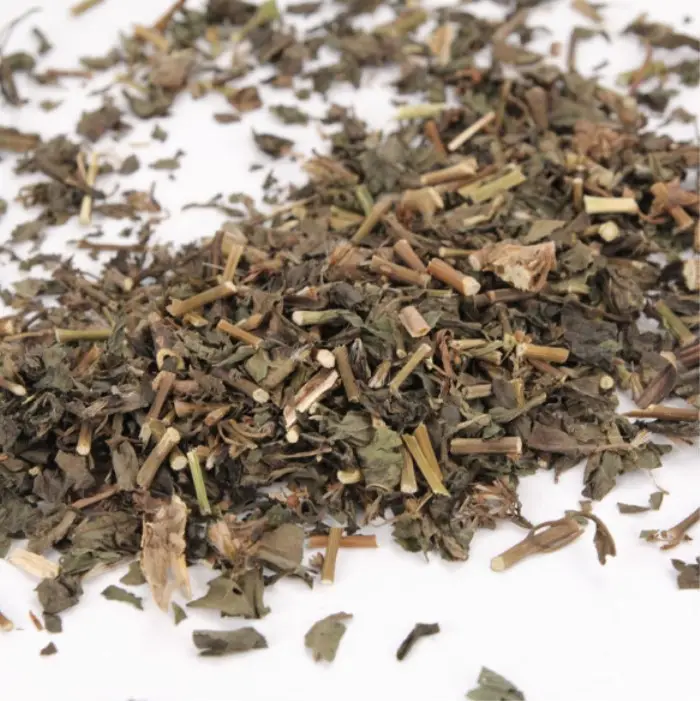
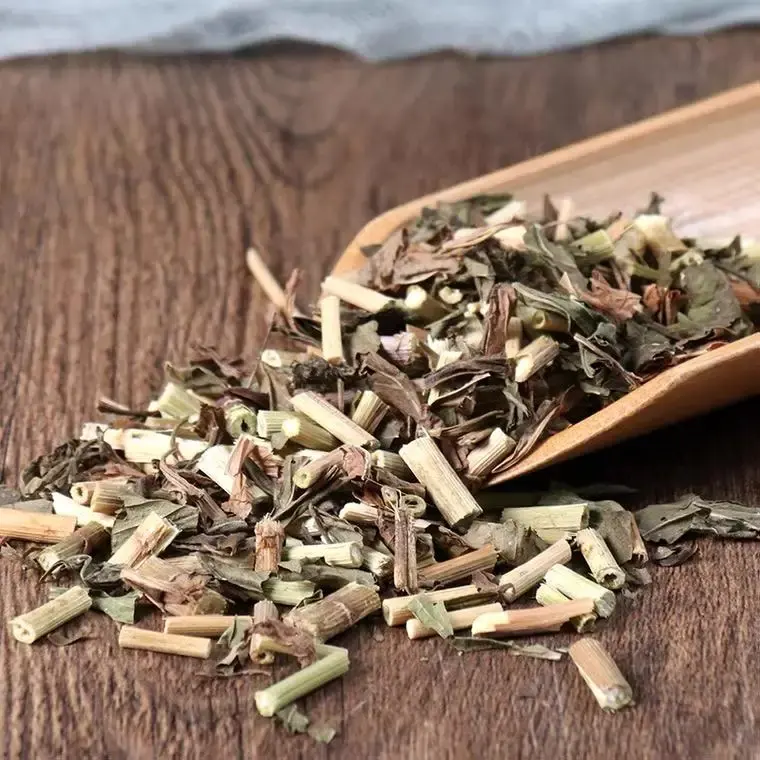
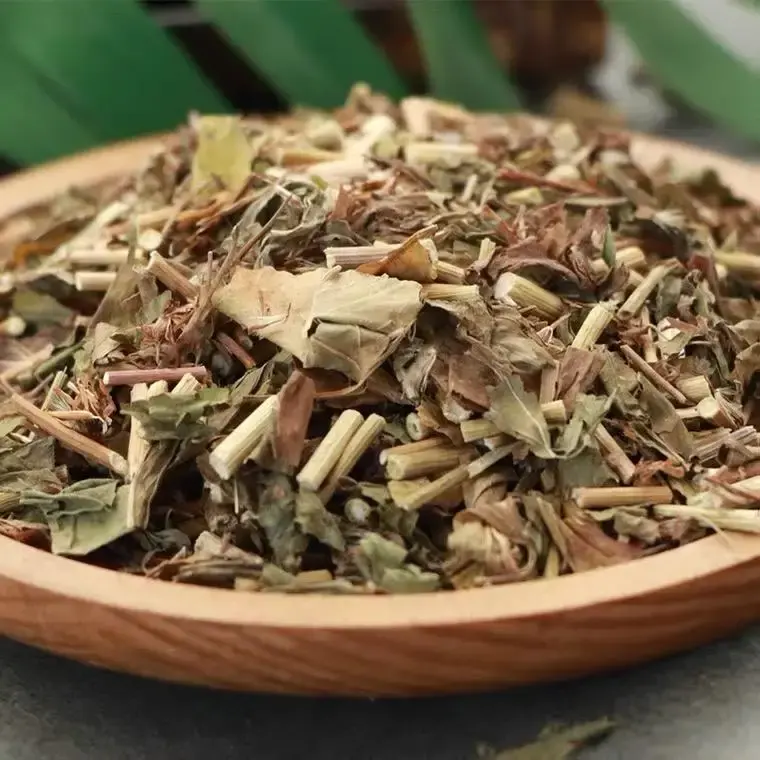
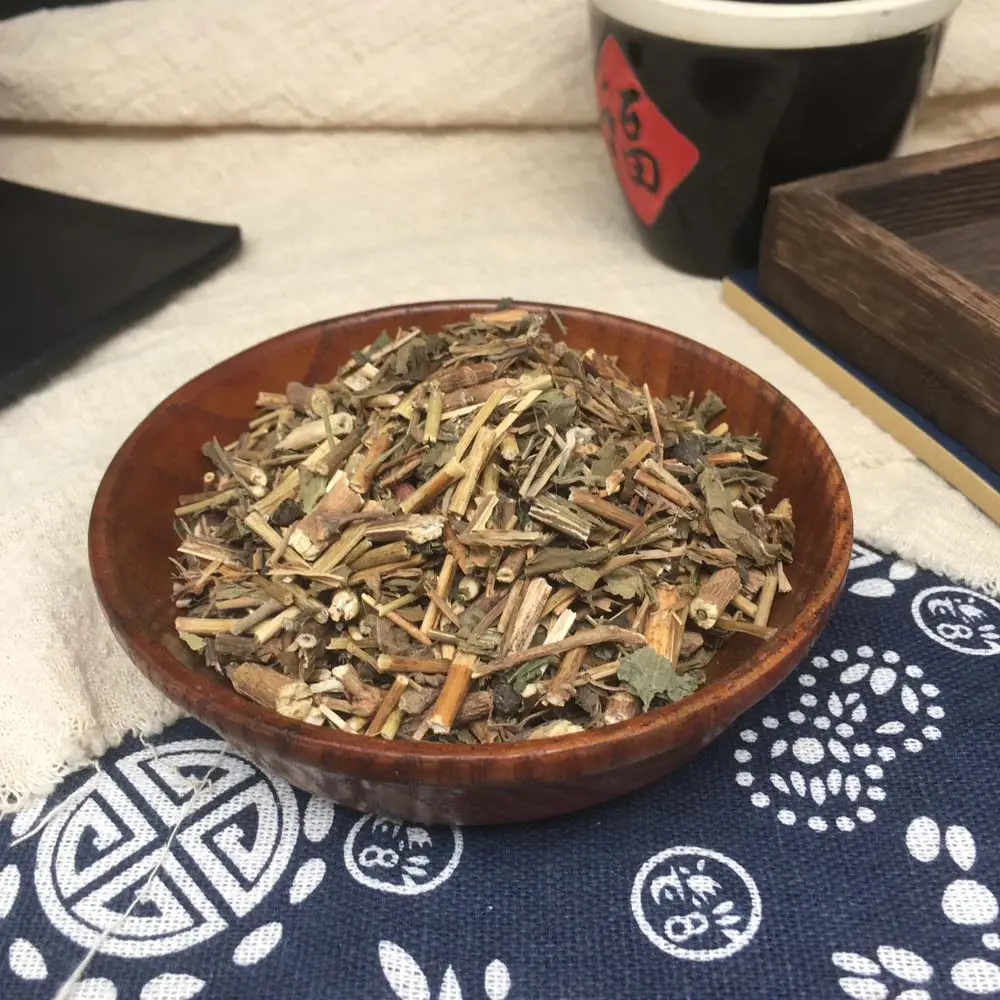
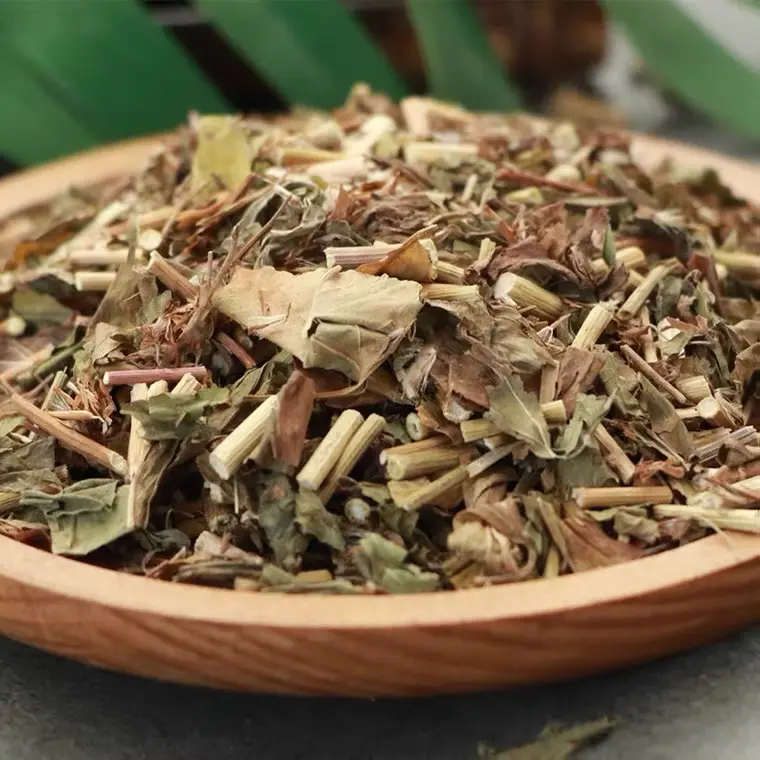
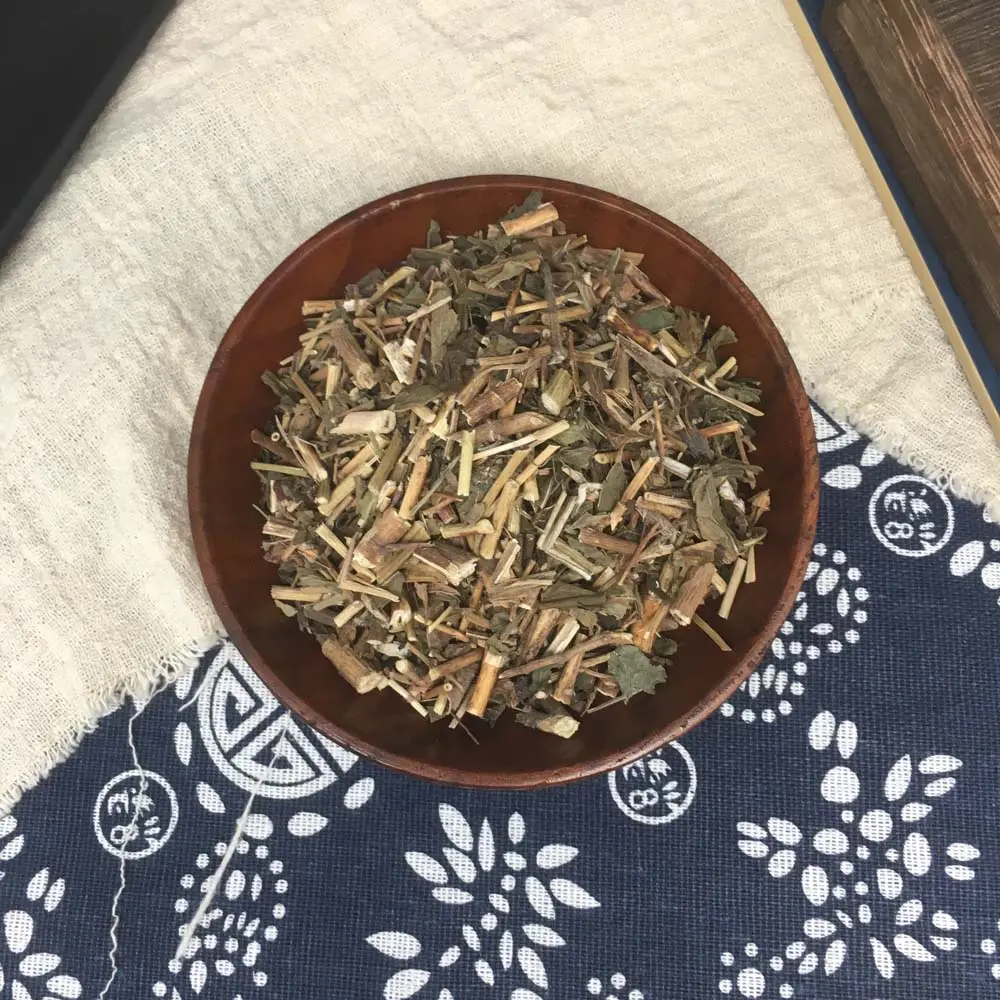
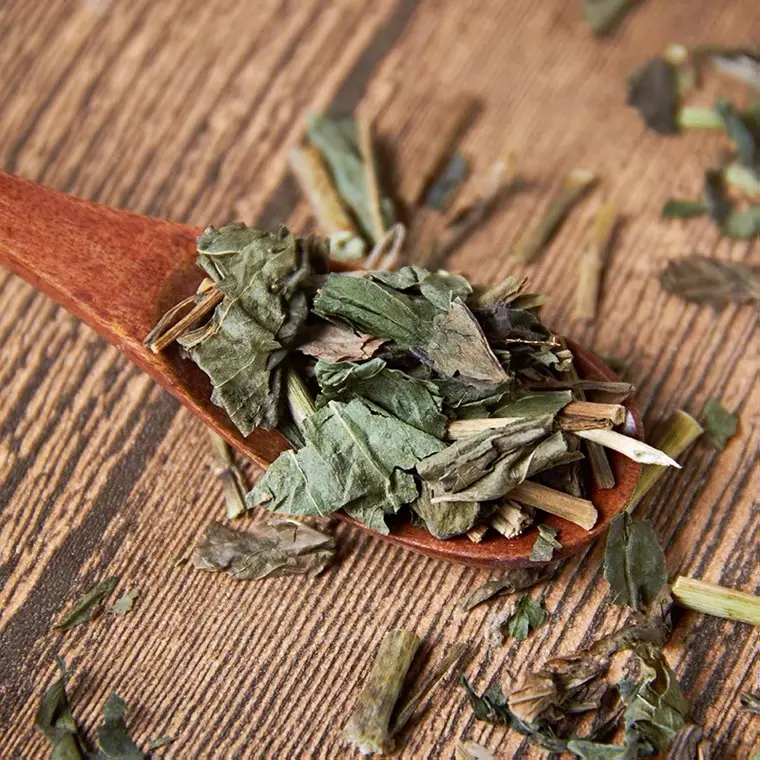
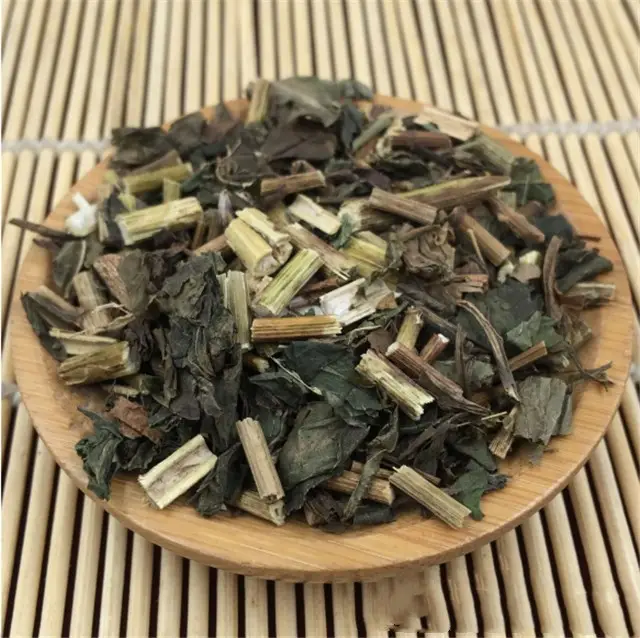
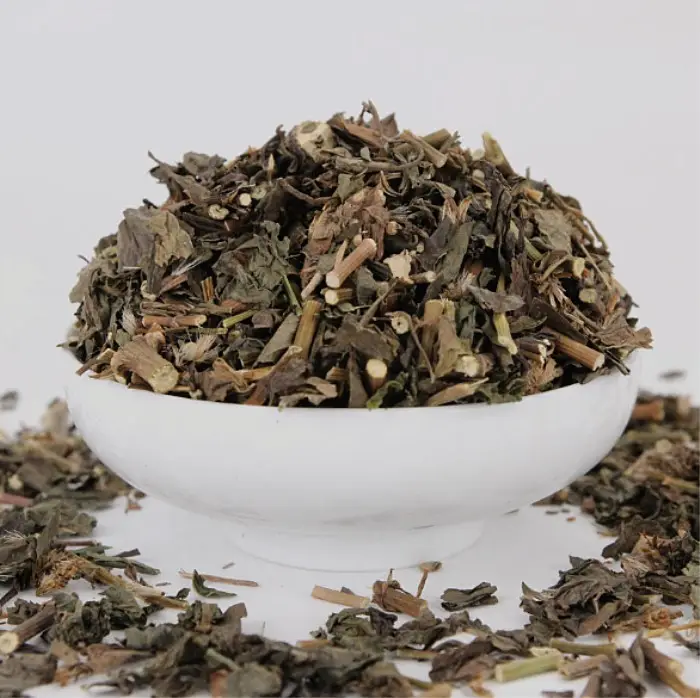
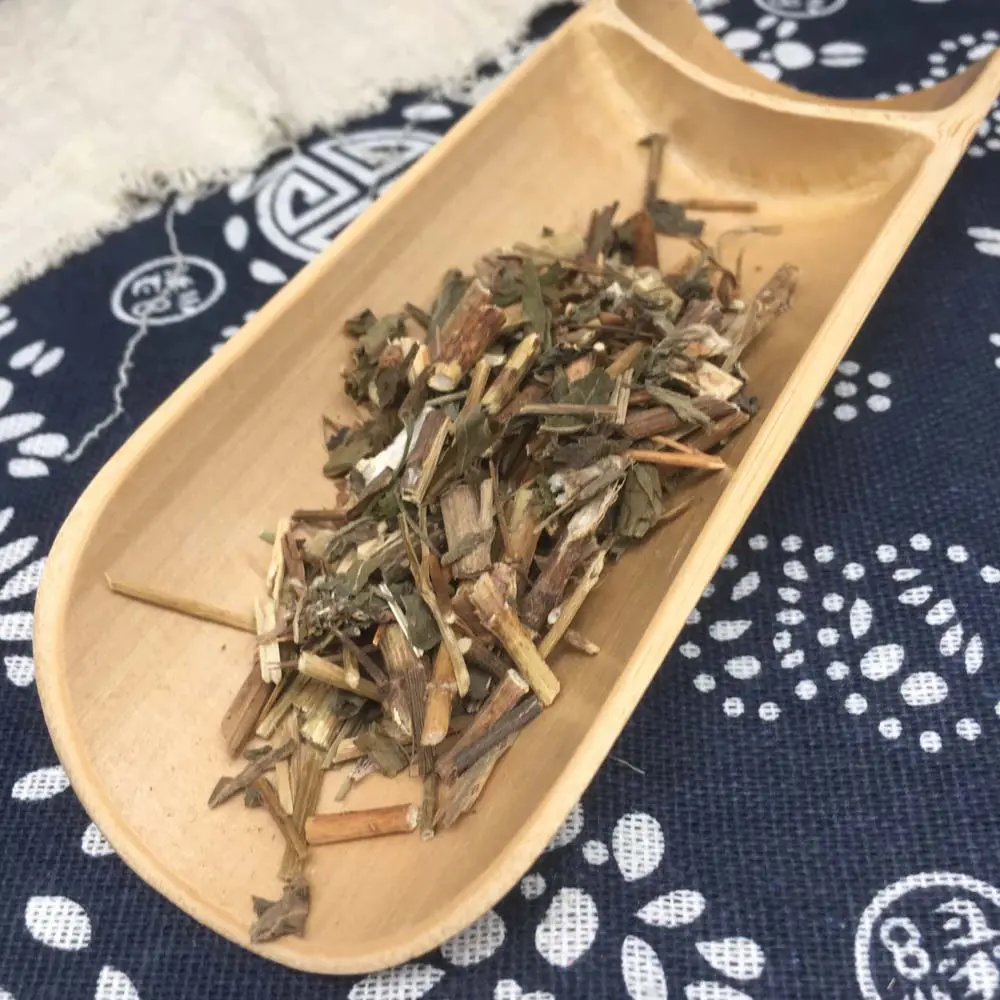
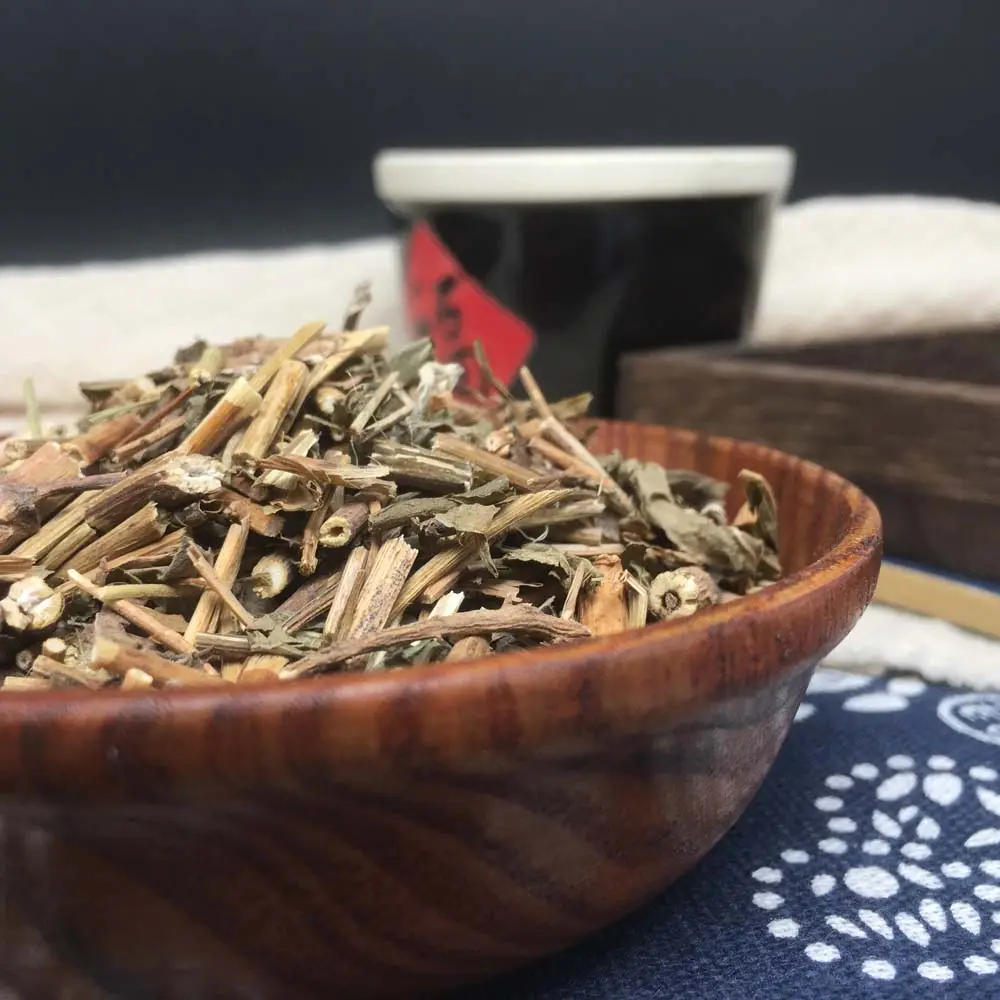
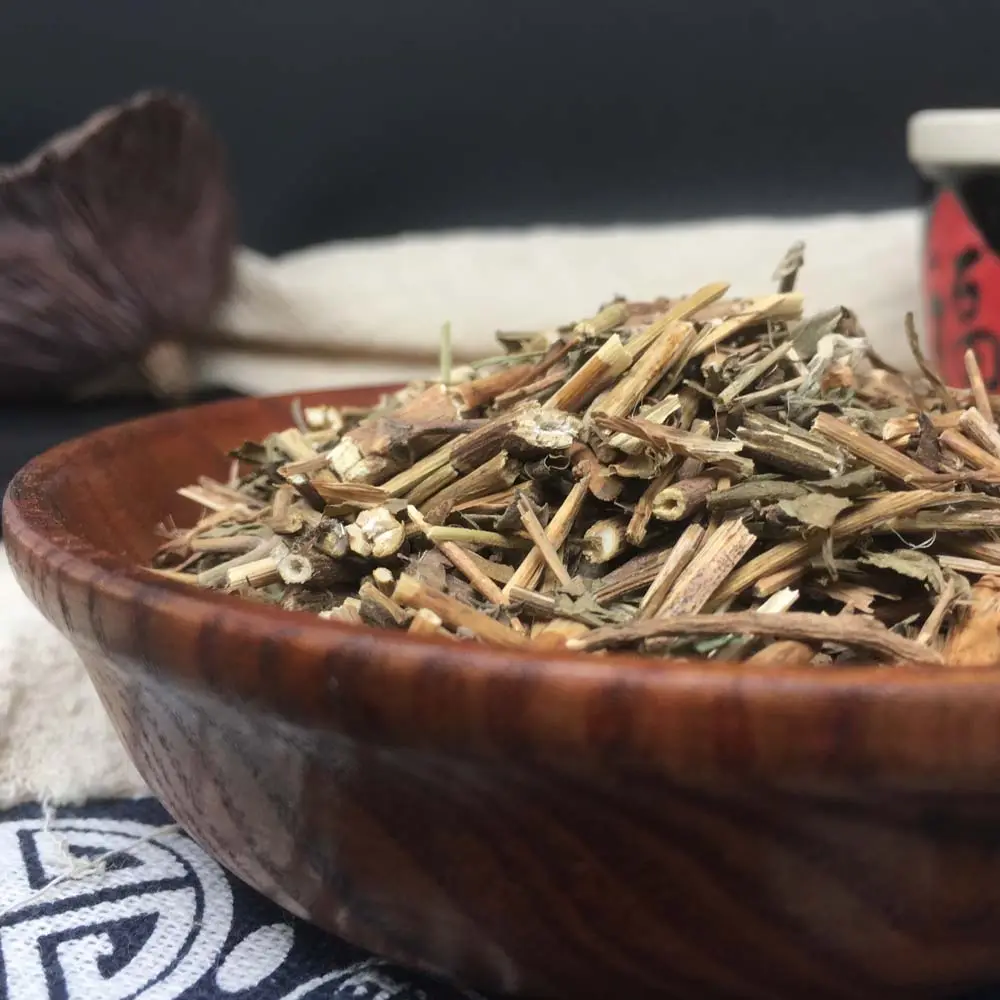
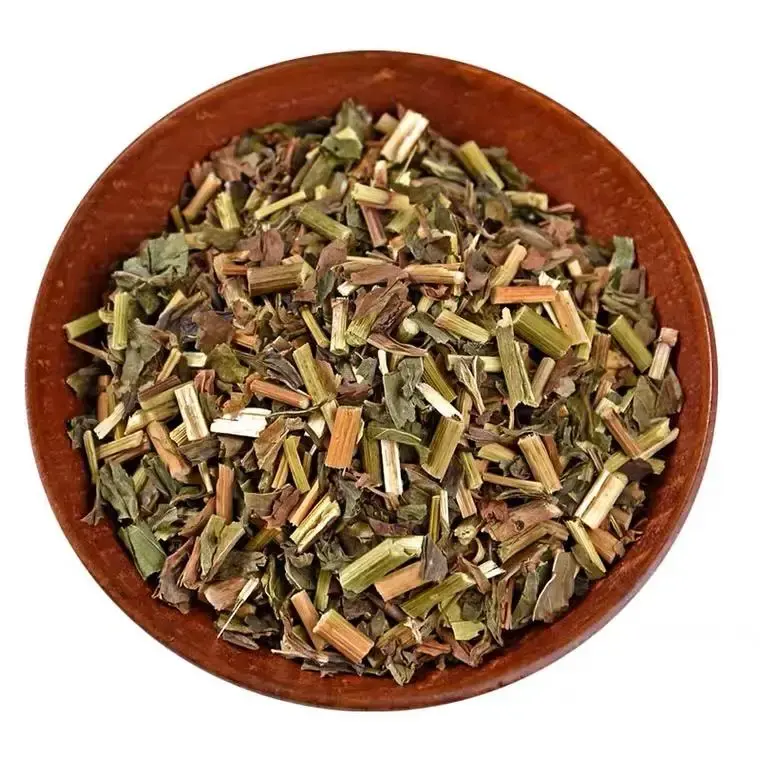



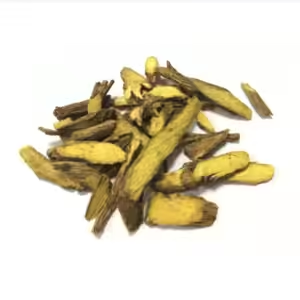
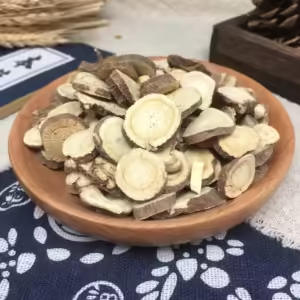
Đánh giá
Chưa có đánh giá nào.